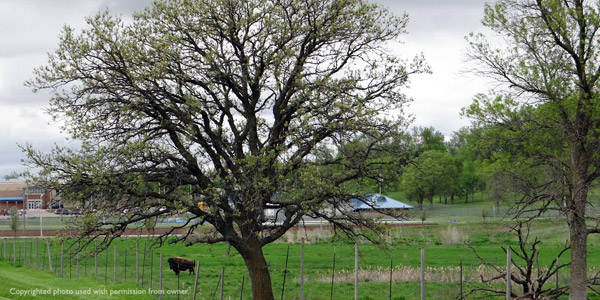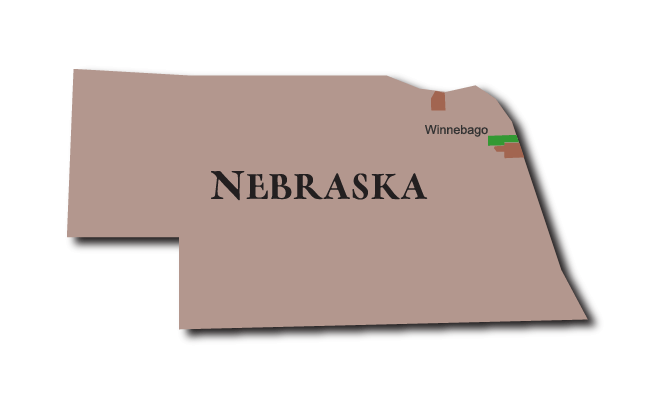Reservations
Nebraska: Winnebago Tribe
About the Winnebago: The Winnebago were originally an eastern woodland tribe who called themselves Ho-Chunk, or “People of the First Voice.” In 1634 the Tribe was 25,000 members strong. However, a smallpox and measles epidemic following the Winnebago’s first encounter with European travelers nearly wiped out the Tribe. Remaining tribal members were forced to migrate to Iowa, then on to Minnesota, South Dakota, and Nebraska. At present, one Winnebago tribe lives on the Reservation in northeastern Nebraska and the other lives in Wisconsin.

Life: Today, approximately 2,600 people live on the Winnebago Reservation. Nearly 30% of the population lives in the Village of Winnebago, which is the largest community on the Reservation. Only one-third of the Reservation acreage is currently owned by the tribe and individual tribal members, and non-tribal members farm much of this land. The Winnebago tribe operates a casino, which is the single largest employer on the Reservation. Farming, ranching, and the federal and tribal governments also employ a small number of tribal members. This limited economic activity falls far short of meeting the needs of the Reservation’s residents. Unemployment on the Reservation is high, and more than 40% of Tribal members live at or below the poverty level.
Winnebago on the map: Northeastern Nebraska.
